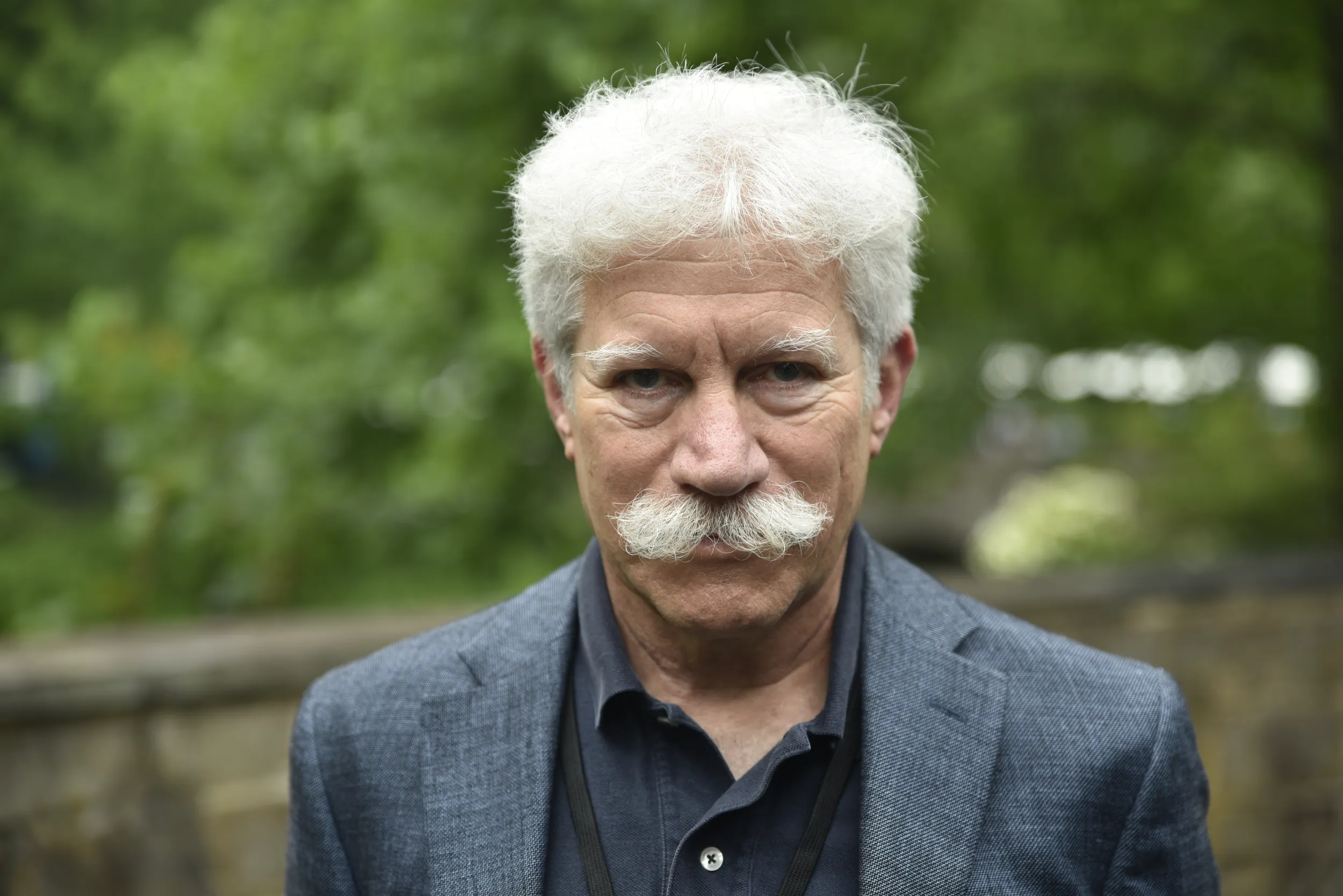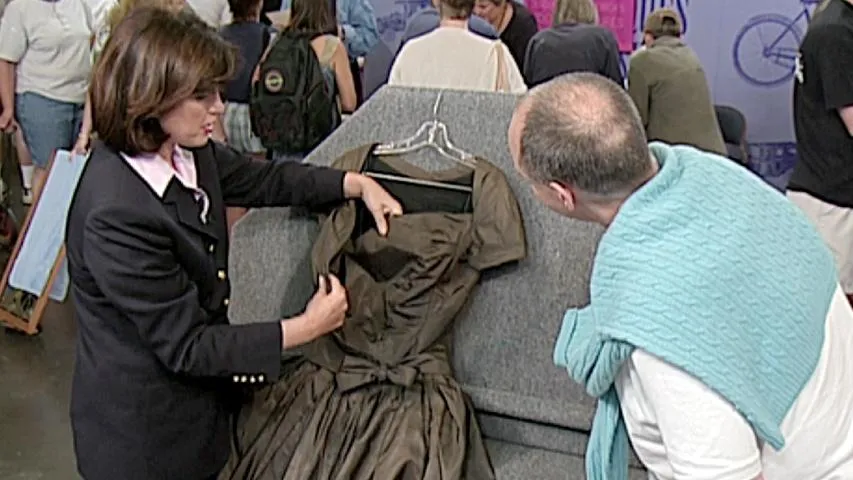APPRAISER: I'm absolutely thrilled you brought us this wonderful cello, which is made by probably the most prominent of all the violin-making families in Mittenwald, Germany, the Klotz family. And this has a Klotz label in it, which I'm not going to show the camera because it's actually a phony label. It's a facsimile label, in fact. This says "George Klotz." I don't believe this is by George Klotz, but it's by another maker of the Klotz family. And Klotz characteristics include these wonderful sound holes, very characteristic of that family, and... The scroll was very German, of the period, very Mittenwald, with this wonderful extra little turn. You can see it, I think, better on this side. And beautifully cut in the back. Why don't you tell me a little bit about how you got it?
GUEST: My family bought this cello for me back in the late 1950s. We were in Chicago, and I needed to graduate from a three-quarter cello to a full-sized cello, and we bought this. We paid probably about $750 or $800, which was a lot of money at that time. And I played it for a number of years and haven't played it much for a long time.
APPRAISER: How about the bow?
GUEST: The bow was actually purchased in the early 1960s. It came from a shop in Philadelphia. That's a bow by W.E. Hill & Sons.
APPRAISER: Mm-hmm. Let me hand you the cello, and I'm gonna hold up the bow. And you can see the W.E. Hill & Sons brand right here. This is a very prominent London firm of violin and bow makers. And this one's gold mounted. How much was paid for the bow?
GUEST: About $200.
APPRAISER: Might surprise you to know that the bow is not worth $200 anymore. It's worth about, perhaps, between $4,000 and $5,000. And the cello, I'd say today with the scarcity of good, professional-grade cellos, about $18,000 to $22,000.
GUEST: It was a good investment!








